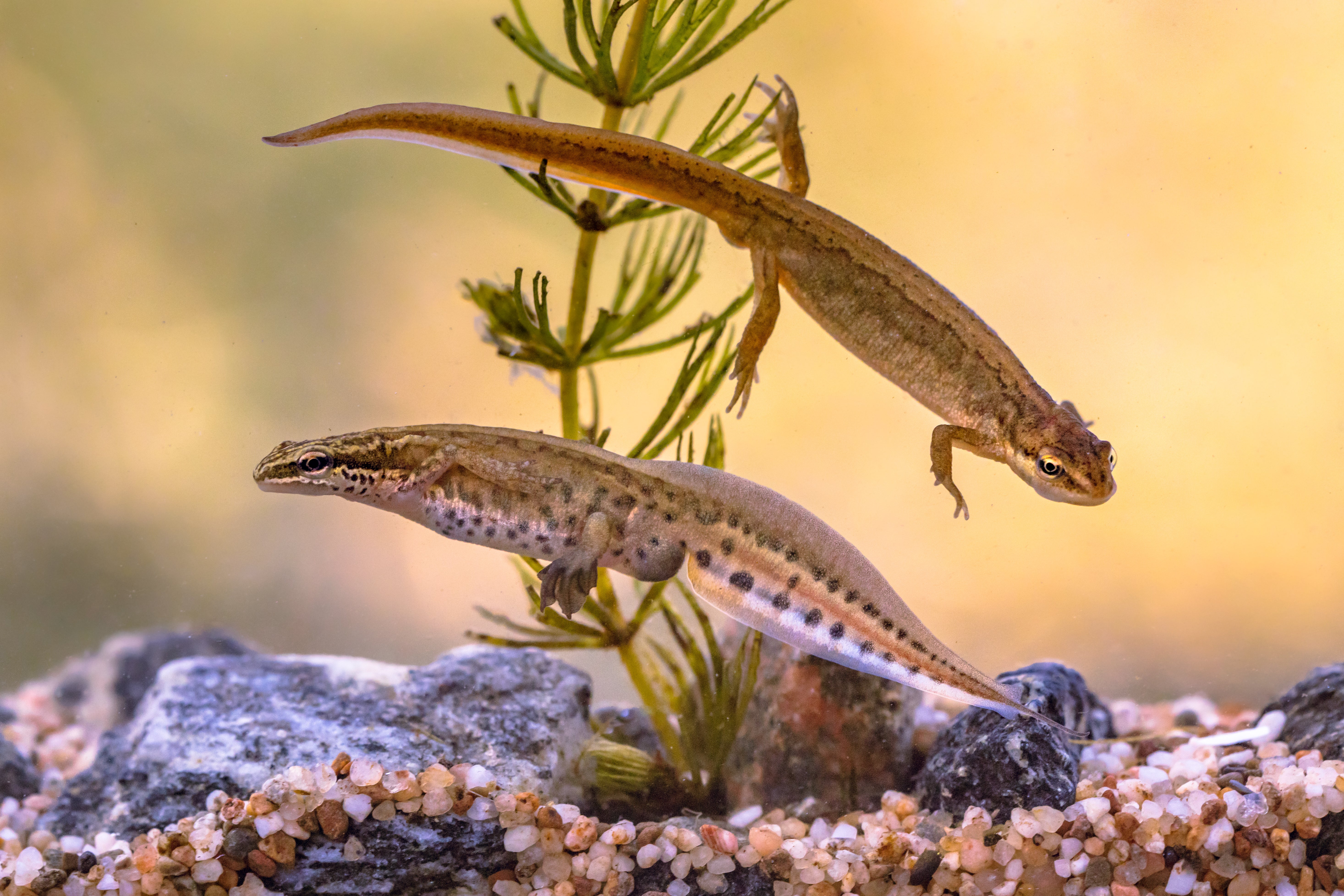Newts which can regrow lost limbs 'could lead to treatment for disease and muscle damage’
Newts are known for their ability to regrow limbs throughout their lifetime, Furvah Shah reports


Newts regenerate their limbs through a combination of metamorphosis and body growth, according to a new study.
Researchers from the University of Tsukuba, in Japan, found that the amphibians, which are known for being able to regrow body parts, get their intrinsic ability from a specific set of extra-cellular conditions.
The study’s authors say their results can help provide a deeper understanding of regeneration, and possibly inform future medical treatments such as new therapies for diseases and muscle damage.
For the study, researchers tracked newts’ muscle fibres during limb regeneration and controlled the extra-cellular conditions so metamorphosis and body growth were experimentally changed.
They found that changes in conditions stunts the activity in some cells which then inversely invigorates muscle fibres to use their dedifferentiation ability - the process by which cells grow in reverse.
In turn, dedifferentiation compensates for the stem cells and ensures newts can properly undergo limb muscle regeneration throughout their lifespan.
Through this process, researchers confirmed that metamorphosis and body growth are both required for a newt’s fibres to activate its regenerative ability properly.
Professor Chikafumi Chibasenior, one of the study’s authors, said: “Unlike cell differentiation, where cells become more specialised, cell dedifferentiation is a process via which they become less specialised.
“Prior to our study, it was unknown whether metamorphosis or body growth was the key developmental process for muscle dedifferentiation.
“We suggest that the developmental changes in the extracellular environment inhibit the activity of myogenic stem cells – cells that can differentiate into muscle fibres – and promote the latent ability of muscle fibers to dedifferentiate.
“This way, the stem cells are compensated for by dedifferentiation, allowing newts to regenerate limb muscles throughout their life cycle.”
The results of the study will provide an important foundation for future research on extracellular environments and the molecular mechanisms of dedifferentiation.
The study was published in the journal Scientific Reports.






Join our commenting forum
Join thought-provoking conversations, follow other Independent readers and see their replies
Comments